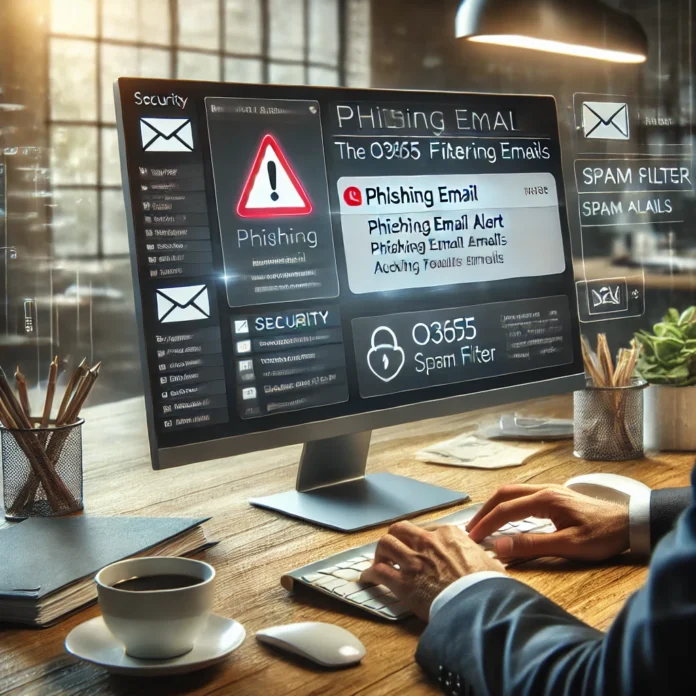Phishing attacks are a widespread cybersecurity threat affecting individuals and organizations alike. Cybercriminals use deceptive tactics, posing as trustworthy sources to trick users into sharing sensitive information such as passwords, credit card numbers, and other personal data. With the rise in digital communication, phishing attempts have become more sophisticated, making it crucial to recognize the signs and take proactive steps to guard against them. Here are key strategies to stay safe online and protect yourself from phishing attacks.
Understand Common Phishing Techniques
Phishing attacks can occur through various channels, including emails, text messages (also known as smishing), and even phone calls (known as vishing). Attackers often impersonate banks, tech support, government agencies, or popular services to create a sense of urgency or fear. For example, you might receive an email claiming your account has been compromised, urging you to click on a link to “reset your password.” Such links typically direct you to a fake website designed to capture your credentials.
Recognizing these tactics is the first step in safeguarding yourself. Be cautious of messages from unknown sources and those containing alarming language, misspellings, or grammatical errors, as these are common signs of a phishing attempt.
Use O365 Spam Filter and Verify Suspicious Emails and Links
One of the most effective ways to prevent phishing is to verify the sender’s identity before clicking any link or opening an attachment. Utilizing a reliable spam filter, like the O365 Spam Filter in Microsoft Office 365, can be an added layer of protection. The O365 Spam Filter identifies and blocks suspicious emails before they reach your inbox, using advanced algorithms and machine learning to detect known phishing patterns. By enabling and regularly updating this spam filter, users can prevent many phishing attempts from ever reaching them.
Additionally, hover your mouse over links (without clicking) to reveal the URL destination. Legitimate websites will usually match the official site’s domain, so be wary of URLs with subtle misspellings or unfamiliar extensions, as they may indicate a fraudulent website.
If you receive an unexpected message from an organization, do not use the contact information provided in the email or message. Instead, go directly to the organization’s official website or call a known, official number to confirm if they contacted you.
Use Strong, Unique Passwords and Enable Two-Factor Authentication
Using strong, unique passwords for each of your online accounts can mitigate the damage if one of your accounts is compromised. Avoid reusing passwords across multiple sites, as this makes it easier for attackers to access multiple accounts using the same credentials. Password managers can help you generate and store complex passwords securely.
Additionally, enable two-factor authentication (2FA) wherever possible. This adds an extra layer of security by requiring you to verify your identity through a second method, like a text message or an authentication app, which makes it more challenging for attackers to gain unauthorized access to your account.
Stay Informed and Be Cautious of Social Engineering Tactics
Phishing attacks often use social engineering tactics, manipulating human psychology to prompt quick action. For example, scammers might claim that an offer is time-sensitive, pushing you to act without thorough consideration. By being aware of these tactics, you can stay calm and think critically about the legitimacy of the request.
To stay updated, consider following reputable cybersecurity blogs or subscribing to newsletters that provide insights into current phishing trends and techniques. Being informed about the latest scams helps you recognize and avoid them more effectively.
Report Phishing Attempts
If you encounter a phishing attempt, reporting it can help prevent others from falling victim to the same scheme. Most email providers have options to report phishing emails directly. Additionally, in many countries, you can report phishing websites to government agencies or cybersecurity organizations that work to shut down these fraudulent sites.
In a workplace setting, report phishing attempts to your IT department. They can take steps to protect other employees and improve the organization’s overall security posture.
Also Read: Choosing the Right RV Pedestal: Key Features & Tips for Making the Best Choice
Conclusion
Phishing attacks continue to evolve, but with awareness and proactive measures, you can protect yourself from becoming a victim. Recognize common phishing tactics, use tools like the O365 Spam Filter to filter out suspicious emails, verify suspicious emails and links, use strong passwords, enable two-factor authentication, and stay informed about social engineering techniques. By following these essential steps, you can minimize the risk of phishing and contribute to a safer online environment for everyone. Stay vigilant, trust your instincts, and remember that it’s always better to be cautious when handling unexpected online communications.

